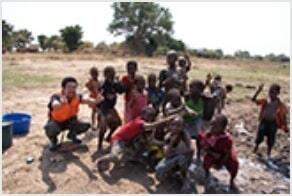Helping to identify mechanisms of lead pollution in Zambia, and proposing effective antipollution measures.
Helping to identify mechanisms of lead pollution in Zambia, and proposing effective antipollution measures.
Research Fields and Areas
Environment/Energy (Global-scale environmental issues)
What is the background of the study?
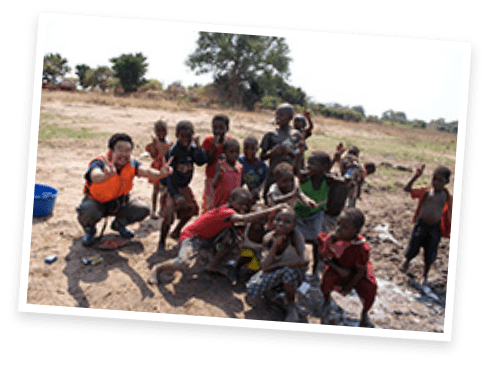
Metal pollution caused by undergound resource development is one of the most serious environmental pollution issues facing African countries. In the Kabwe district of Zambia in southern Africa, for example, both humans and livestock are exposed to high concentrations of lead. However, the mechanism of lead contamination of people and animals has yet to be identified, and no specific measures have been taken, while the health and economic risks remain unknown. The aim of this project was to ascertain the impact of metal pollution caused by underground resource development in the Kabwe district of Zambia on the ecosystem and the community as a whole, to predict its future course, and to propose measures for risk mitigation.

Who is the Principal Investigator?


Prof.ISHIZUKA Mayumi
Graduate School of Veterinary Medicine, Hokkaido University


Prof.Luke E Mumba
Vice Chancellor, The University of Zambia
What have they achieved?
1
They successfully identified the main route taken by lead into people and livestock (the lead pollution mechanism)!
Although lead does find its way into the bodies of people and animals in what they eat and drink, they obtained scientific data showing that in the Kabwe region it is the lead in dust that is inhaled together with air that increases the concentration of lead in their blood. They also calculated the economic loss due to pollution-related damage and the economic effects of measures to deal with it.
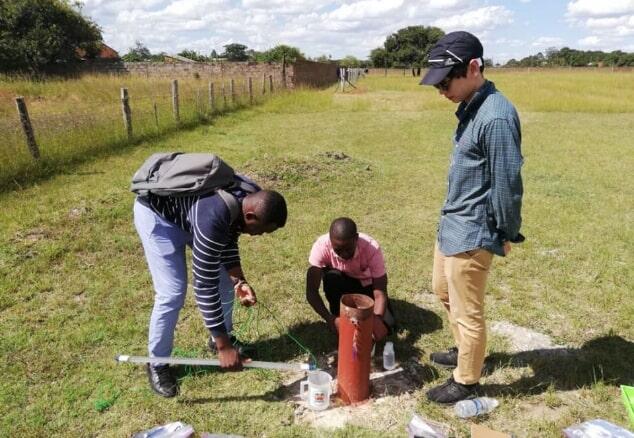
Groundwater sampling survey in the region
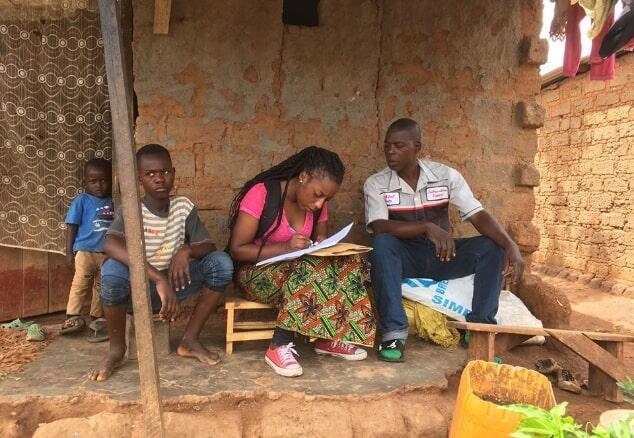
Interview survey of local residents about family structure and economic status

2
They designed environmental remediation technology!
They showed that the most cost-effective method of preventing the dispersion of dust was to cover the soil with plants or the like. They submitted this proposal, together with a manual for surveying lead concentration in blood, to Zambian government agencies and the World Bank.
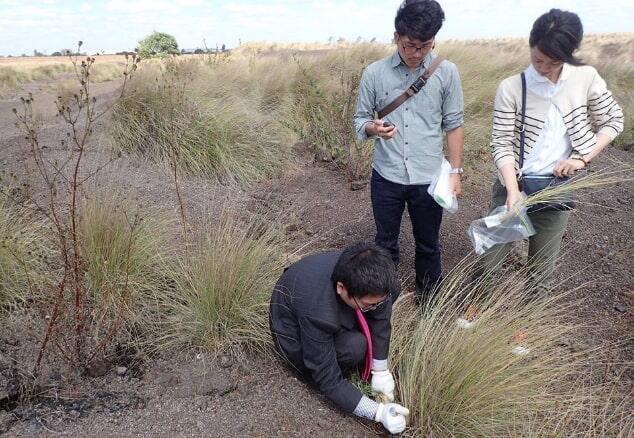
Experimental planting
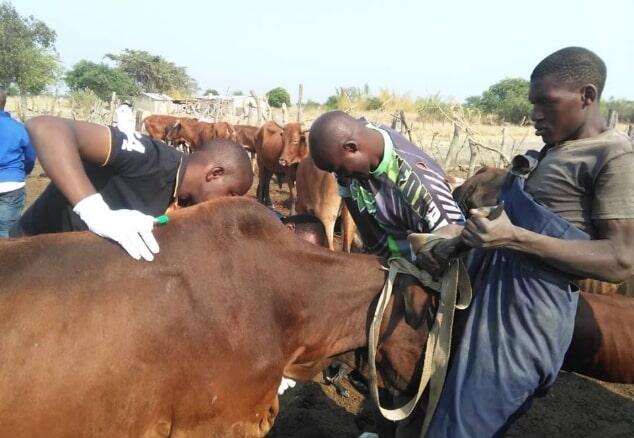
Livestock blood sample collection

3
In collaboration with the ZMERIP project run by Zambian government agencies and the World Bank, they also tested around 10,000 children in the survey region, contributing to their treatment for lead poisoning!
They provided the World Bank project with their data on the blood lead concentrations of local residents obtained during this project. This enabled the World Bank project to prioritize lead poisoning treatment in the areas most severely affected by lead pollution.
What happens next?
Metal pollution due to the development of underground resources is an issue common to many African countries. Their results may be extended to other regions and to countries other than Zambia.
This project finished in FY2022, but they will continue to carry out research in collaboration with the World Bank.
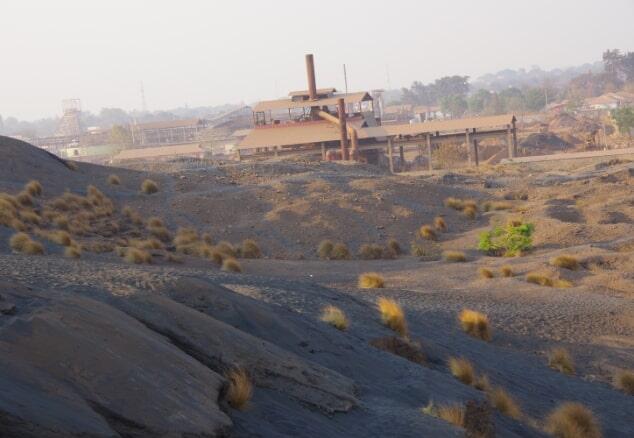
Mines in the Kabwe mining area

Environment/Energy (Global-scale environmental issues)
 Zambia
Zambia
Case Studies
Contact Us
Japan Science and Technology Agency (JST)
Department of International Affairs
SATREPS Group
TEL : +81-3-5214-8085
Related articles
-
Environment / Energy
(Climate Change)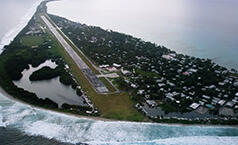
 Tuvalu
Tuvalu
Saving the Sinking Islands of Tuvalu with Star Sand
- Countering the rising sea level with the islands'own resources - -
Environment / Energy
(Global-scale environmental issues)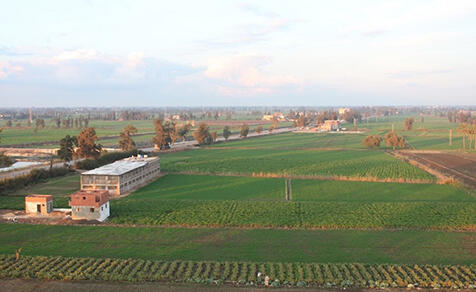
 Arab Republic of Egypt
Arab Republic of Egypt
Water conservation in the Nile basin
- Saving water provides resources to turn desert into farmland - -
Infectious Diseases Control
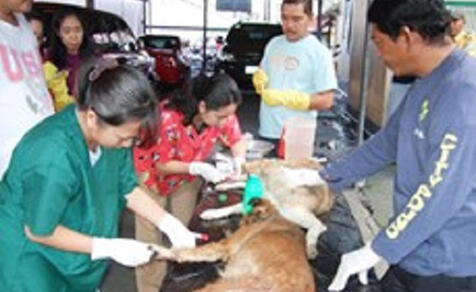
 Republic of the Philippines
Republic of the Philippines
Saving humanity from leptospirosis
- Battling infectious disease with vaccines and diagnostic technology - -
Disaster Prevention and Mitigation
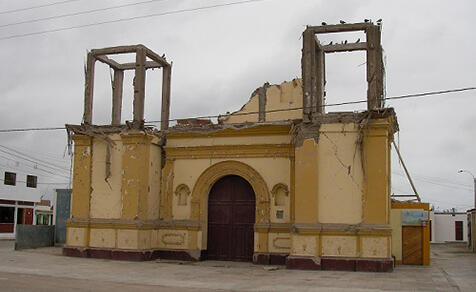
 Republic of Peru
Republic of Peru
Earthquake and Tsunami Disaster Mitigation - Global benefits from Japan-Peru research -






